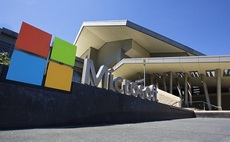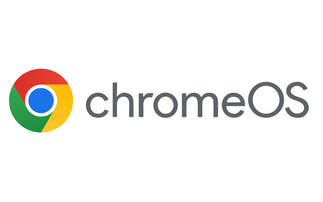Roadmap for Windows 8 versions of embedded operating systems is unveiled
Microsoft today said it will ship Windows 8 versions of its embedded operating systems between three and nine months after the desktop version of Windows 8 is released. The Windows 8 desktop wi...
To continue reading this article...
Join Computing
- Unlimited access to real-time news, analysis and opinion from the technology industry
- Receive important and breaking news in our daily newsletter
- Be the first to hear about our events and awards programmes
- Join live member only interviews with IT leaders at the ‘IT Lounge’; your chance to ask your burning tech questions and have them answered
- Access to the Computing Delta hub providing market intelligence and research
- Receive our members-only newsletter with exclusive opinion pieces from senior IT Leaders





















